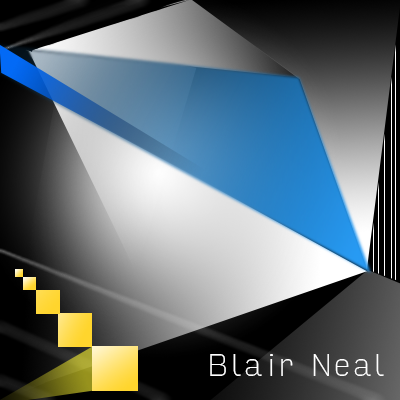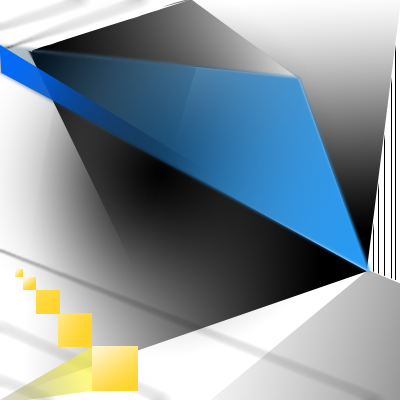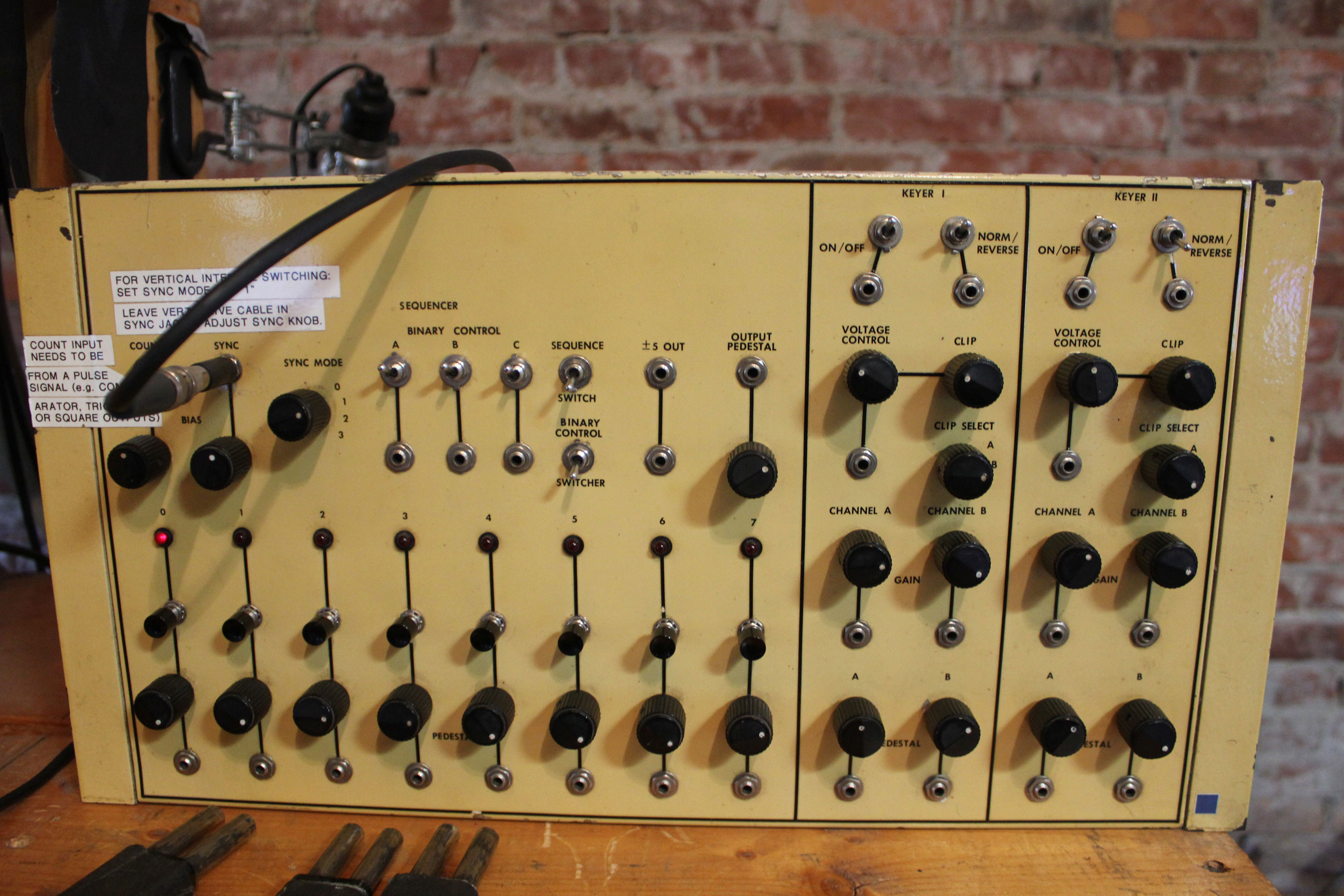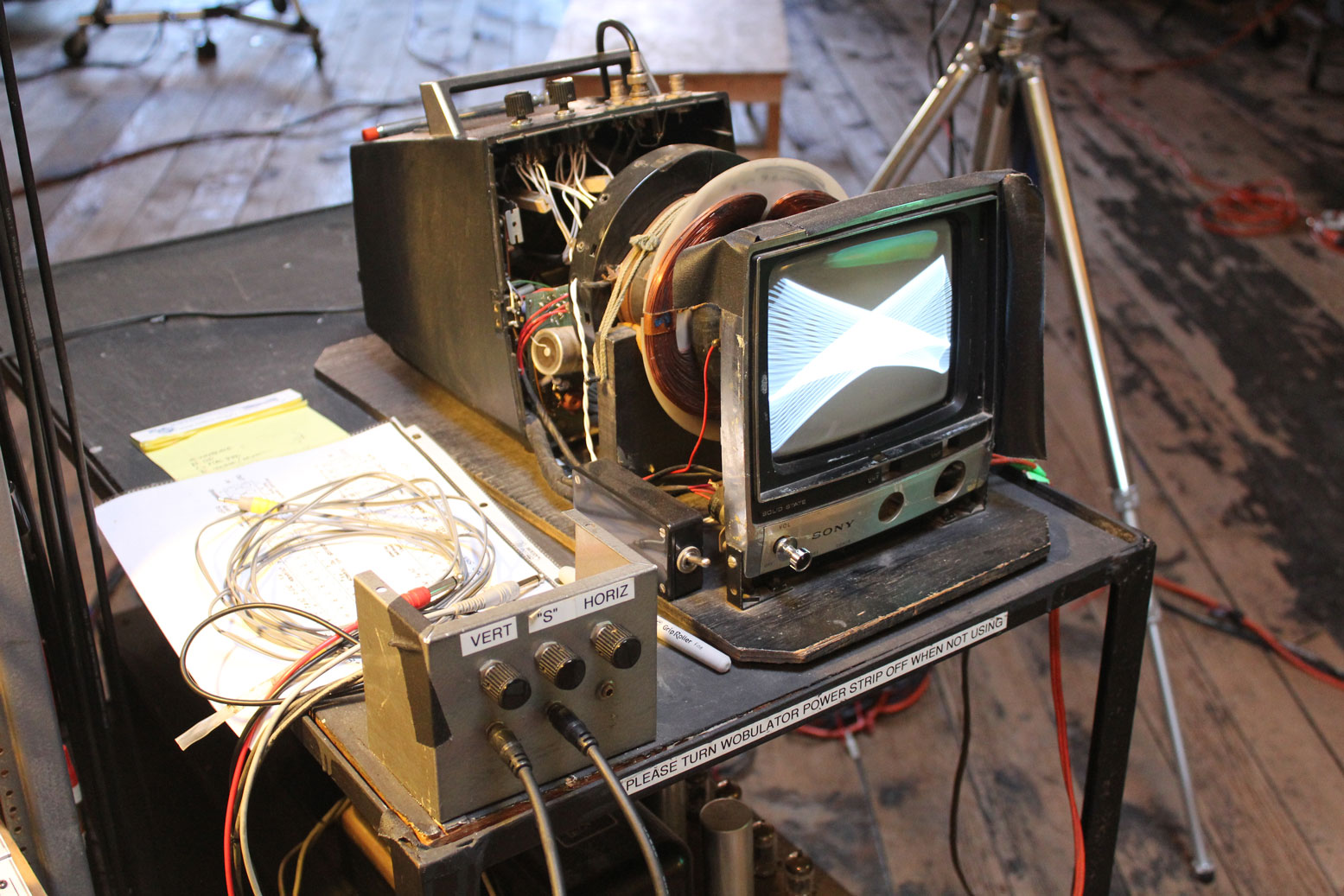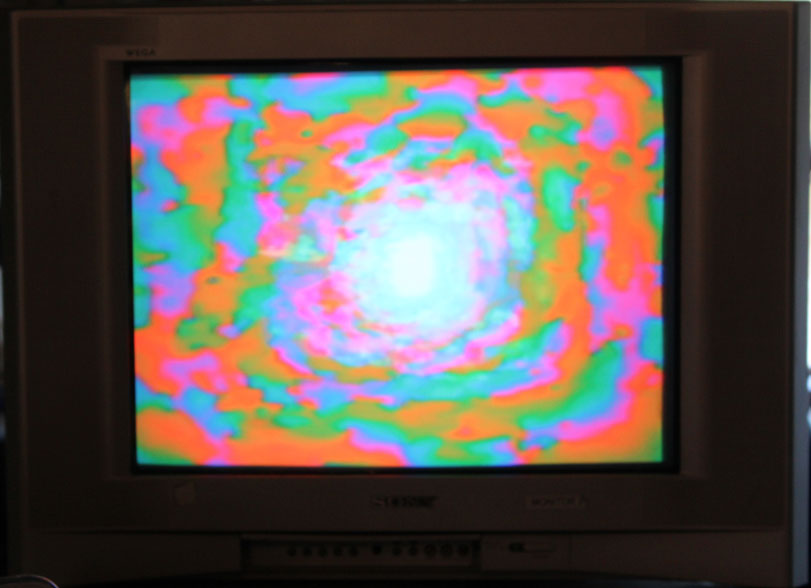28 Oct ETC: Day 2
Another day in fabulous Owego at the Experimental Television Center (need I remind you it was voted the coolest small town in America by the readers of Budget Travel Magazine!). Last night I took a long timelapse out my window and let it run until this morning. Came out ok, but was about as exciting as most timelapses are…I have a better idea for tonight, but I’ll have to see how it plays out.
After breakfast, my first lessons on the ETC system began led by the incredibly patient and knowledgeable Hank Rudolph. After flipping on three power strips, the entire beast sprang to life. I was run through the relatively simple router for getting my inputs and outputs to their final destinations. The really impressive piece for me is a 64 x 64 switching matrix where absolutely everything is labeled and used.
(Click all images in this post for a larger size..way more pictures in a picasa link at the bottom!)

That’s 64 separate sliders with 64 positions each. Essentially everything in the system can be run into everything else with a few relatively mild exceptions….it’s a really impressive piece of technology. We then moved onto the Jones keyer, a custom luminance keyer that is controllable by control voltages (CV) provided by an external oscillator or MIDI. Next was the Jones Colorizer, a 4 channel color mixer that is also controllable by CV, and the Ross Switcher, a pretty straightforward video switcher. Pictures and other fun stuff after the jump!
Oscillator Bank:

The oscillator bank was then covered at length, with ways to generate and attenuate various signals for CV. Still a lot to learn from this one, but really interesting to play with. The oscillator came in handy for the one piece of equipment I’ve really been looking forward to: The Wobbulator!
The Wobbulator takes CV control for driving the actual scanlines of a cathode ray tube…so by sending the scanlines different voltages, one can offset them in very interesting ways…you can deform video input or make a sort of oscilloscope display with input audio and sin waves. I spent a good portion of the afternoon with the Wobbulator and I’m sure I’ll be playing with it a good deal more. One note about the Wobbulator is that because all of the image deformation occurs on the cathode ray tube itself, the only way to get an image out of it is to stick a camera right in front of the screen.
We then went through several other scenarios for hooking things in, including getting my Jitter patch into the system and how to look that back through to create a big feedback loop. Another interesting thing about the system is that the more things you send a color signal through, the more the original color values will be shifted, because the way color is encoded is actually very delicate so it’s easy for it to shift. Everything coming off my computer ended up looking a various rainbow of colors and had to be corrected at the end of the process with a chroma range.
I spent the rest of the day playing with the Wobbulator and building a gigantic feedback loop within the system. It used 3 monitors (two sony tv’s, and the wobbulator), 3 cameras (one dv camcorder, two black and white video cameras) and then looped back into my laptop and back out after passing through my Jitter performance patch and all of it’s filters. I also tried driving the movement of the Wobbulator with some music out of iTunes. Tomorrow and the rest of tonight will be more feedback testing with some network latency, and maybe more timelapse testing. A good first day, but definitely overwhelming in terms of technology…too much stuff to play with!
Way more pictures up on my picasa
